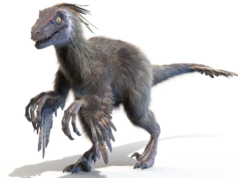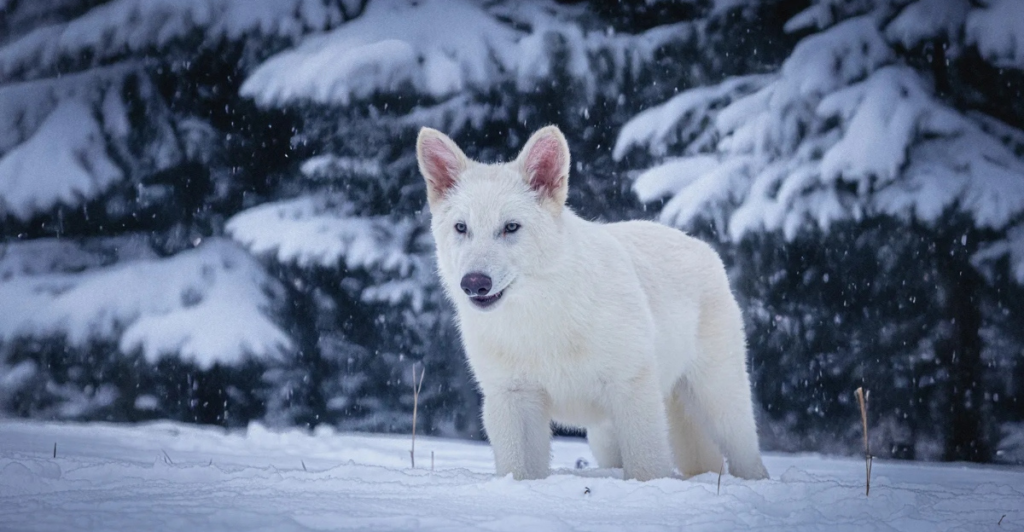
The internet has been buzzing with claims that Colossal Biosciences has resurrected the Dire wolf that has been extinct for 12,500 years through advanced genetic engineering. By editing gray wolf DNA with ancient genetic material from fossils, the company produced three pups, Romulus, Remus, and Khaleesi, hailed as the “world’s first de-extincted animals.” But is this a scientific breakthrough or a marketing stunt? Critics argue this achievement blurs the line between innovation and hyperbole.
How Colossal Claims to Have Brought Back the Dire Wolf
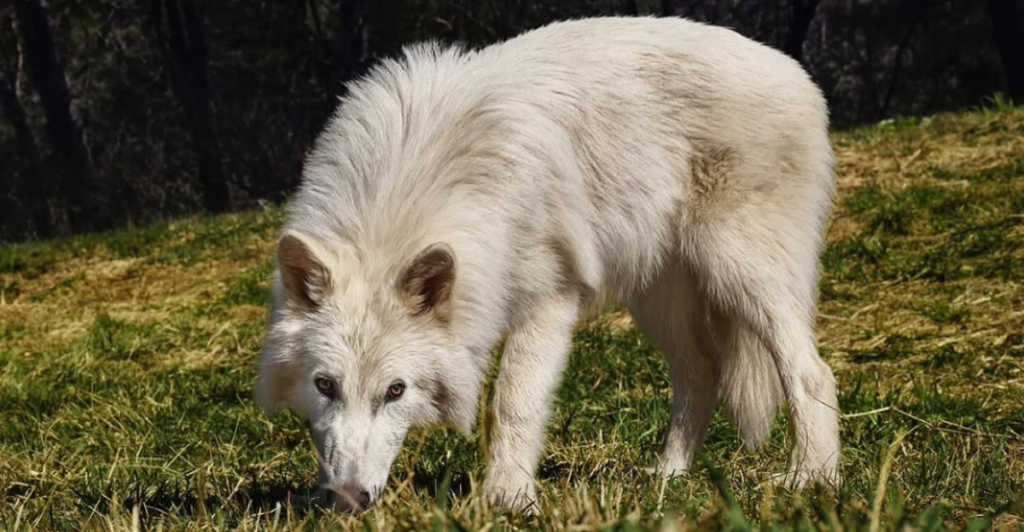
The company extracted ancient DNA from fossils, including a 13,000-year-old tooth and a 72,000-year-old skull, and used CRISPR technology to edit 20 genes in gray wolves. It introduced 15 extinct dire wolf variants to create three hybrid pups named Romulus, Remus, and Khaleesi.
These genetically modified animals exhibit traits like larger size, thicker fur, and lighter pigmentation, which Colossal claims align with dire wolf characteristics. Independent experts argue the pups are not actual dire wolves but genetically altered gray wolves, as the degraded ancient DNA cannot be fully replicated. “Ancient DNA is like if you put fresh DNA in a 500 degree oven overnight,” Dr Rawlence a Paleogeneticist from Otago University.
Meet the Pups: Romulus, Remus, and Khaleesi
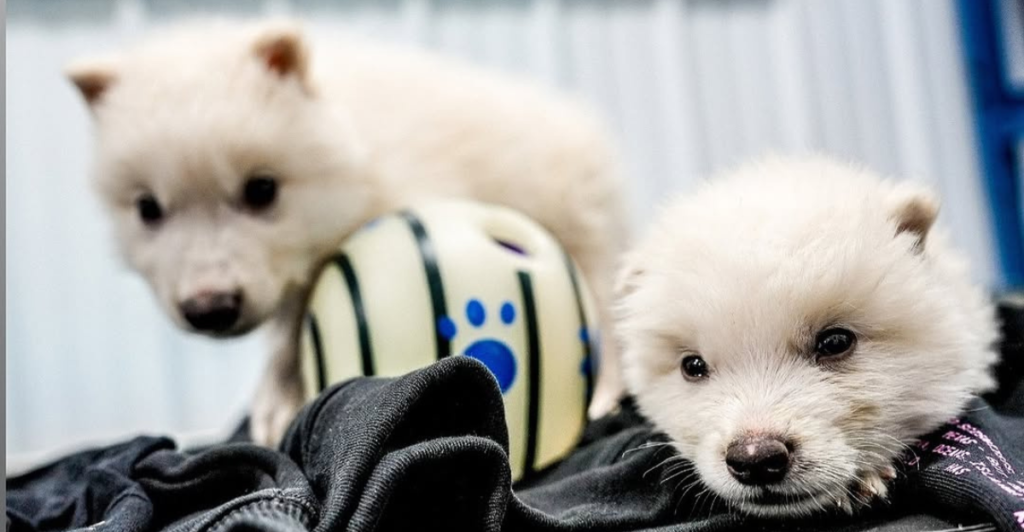
Born in October 2024 and January 2025, the trio are genetically modified gray wolves engineered by Colossal to exhibit dire wolf-like traits, including a projected adult size of 6 feet and 150 pounds, thick white fur, and distinctive howling patterns. Housed in a secure 2,000-acre preserve, the pups display natural wolf behaviors such as wariness of humans, stalking instincts, and vocalizations absent in domestic dogs.
These pups are fed a diet of deer, beef, and horse meat, with their growth and biological adaptations closely monitored by scientists. Despite their engineered physical similarities to dire wolves, experts emphasize that these animals remain genetically closer to gray wolves, lacking full ancient DNA integration,
The Genetic Reality
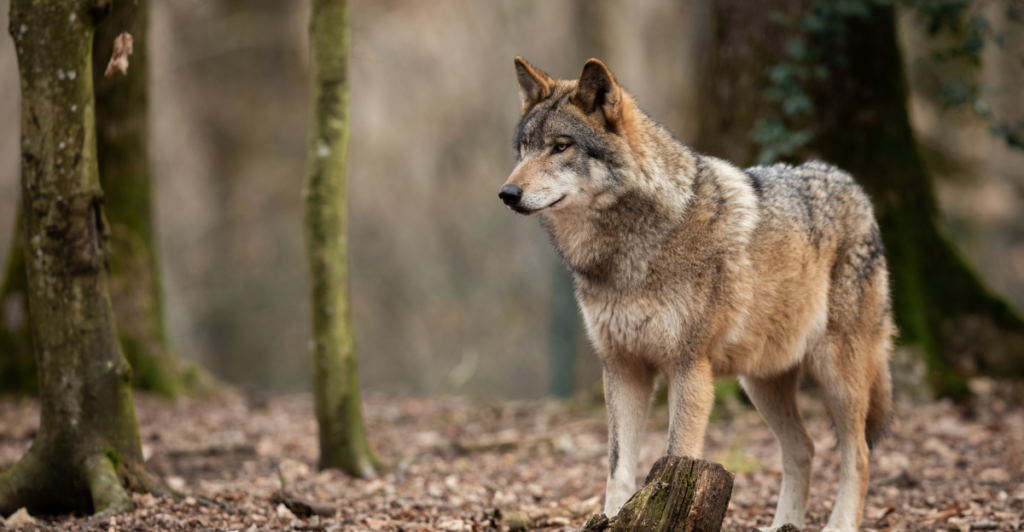
The company relied on ancient DNA extracted from a 13,000-year-old tooth and a 72,000-year-old skull to identify 20 key genetic traits distinguishing dire wolves from their closest living relatives, gray wolves. Using CRISPR technology, scientists edited these traits into endothelial progenitor cells harvested from gray wolves, creating embryos that surrogate dogs later carried.
Experts caution that these pups are not true dire wolves but hybrids with engineered traits resembling the extinct species. The inability to fully reconstruct the dire wolf genome due to degraded ancient DNA means these animals represent an approximation rather than a revival of the original species.
“So what Colossal has produced is a grey wolf, but it has some dire wolf-like characteristics, like a larger skull and white fur,” said Dr Rawlence. “It’s a hybrid.”
Why Ancient DNA Poses a Major Hurdle
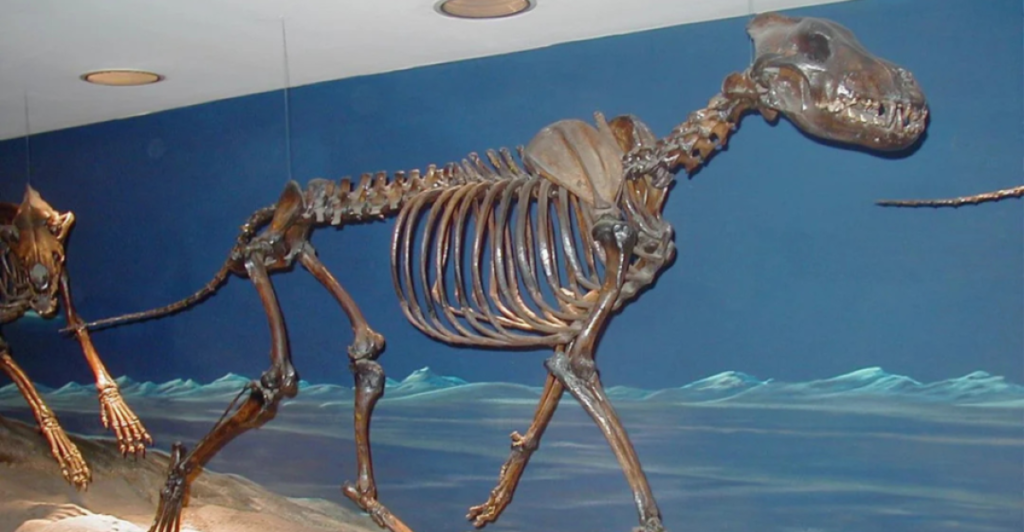
The dream of de-extinction is often hampered by the fragile nature of ancient DNA, which deteriorates rapidly after an organism’s death. DNA has a half-life of about 521 years, meaning that even under ideal preservation conditions, it becomes highly fragmented and chemically altered over time, making it nearly impossible to reconstruct a complete genome.
Factors like UV radiation, temperature fluctuations, and hydrolysis further degrade the genetic material, while contamination from modern DNA during excavation and lab processes introduces errors that can compromise results. Even advanced technologies like CRISPR struggle to overcome these challenges, as scientists must rely on piecing together tiny fragments of ancient DNA and supplementing gaps with genetic material from living relatives.
“A grey wolf is the closest living relative of a dire wolf – they’re genetically really similar – so we targeted DNA sequences that lead to dire wolf traits and then edited grey wolf cells… then we cloned those cells and created our dire wolves,” said Dr Beth Shapiro, a biologist from Colossal Biosciences.
Dogs as “Foster Mothers”

After using CRISPR technology to modify gray wolf cells with traits resembling dire wolves, scientists implanted the embryos into carefully selected mixed-breed dogs known for their robust health and ability to carry larger pups. These surrogate mothers, including one named Skyla, were monitored closely throughout their pregnancies with weekly ultrasounds to ensure the viability of the engineered embryos.
The use of domestic dogs highlights the innovative yet complex approach required for de-extinction projects, bridging ancient genetics with modern reproductive techniques to bring these pups into existence.
Playing God with Extinction

The ethical debate surrounding Colossal’s dire wolf project hinges on accusations of “playing God,” a critique often leveled at de-extinction efforts for overstepping natural boundaries. Critics argue that resurrecting species, even through proxies, risks hubris by assuming humans can predict and control ecosystems shaped by millennia of evolution.
Proponents counter that humanity already “plays God” through activities like habitat destruction and climate change, which drive extinctions. However, the slippery slope concerns remain: if scientists can edit genes to revive extinct species, what stops similar technologies from being misapplied to eugenics or other ethically fraught domains?
Colossal’s Broader Agenda
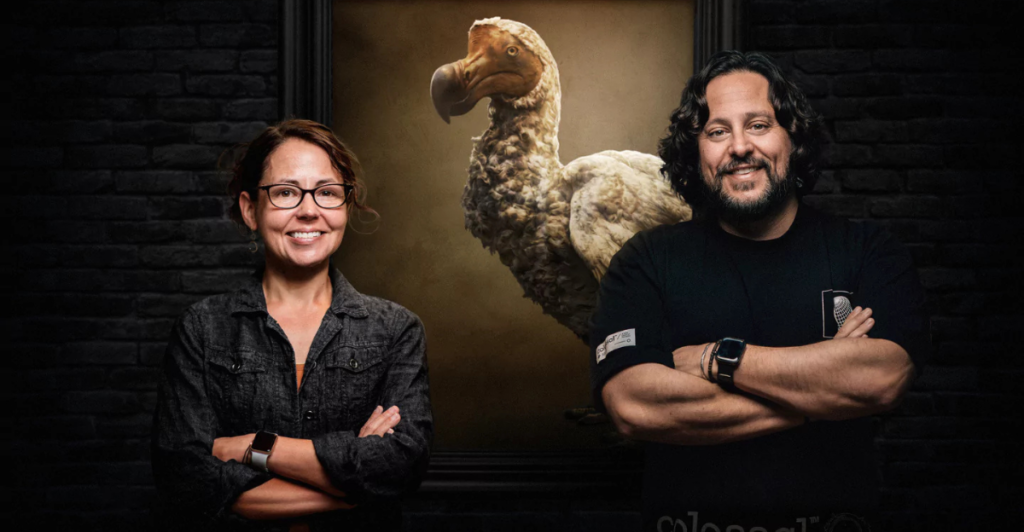
Colossal Biosciences has set its sights on reviving some of the most iconic extinct species, including the woolly mammoth, the dodo, and the Tasmanian tiger. The company’s mammoth project, leveraging DNA preserved in permafrost, aims to recreate cold-resistant traits like shaggy fur and accelerated fat metabolism to restore Arctic grasslands and combat climate change. The first mammoth calves are expected by 2028.
For the dodo, Colossal has launched an Avian Genomics Group to address the unique challenges of bird de-extinction. The group aims to resurrect the flightless bird and develop genetic tools for conserving endangered avian species.
The Tasmanian tiger initiative has achieved milestones such as assembling the most complete thylacine genome to date. Plans are to reintroduce this keystone predator to Tasmania’s ecosystem. These projects showcase Colossal’s ambition to use cutting-edge genetic technologies to tackle biodiversity loss while sparking debates about the feasibility and ethics of de-extinction.
The Media Hype About The Dire Wolf

The cover of many major news publications has drawn criticism for blurring scientific nuance, as experts emphasize the animals are genetically modified gray wolves, not true dire wolves. The portrayal leans into pop-culture associations with Game of Thrones dire wolves, amplifying public fascination but sidestepping key distinctions: the pups lack a complete dire wolf genome and represent a hybrid engineered through CRISPR edits.
Critics argue such sensationalism risks misleading the public into believing extinction is fully reversible, overshadowing debates about ethical boundaries and conservation priorities. Colossal defends the narrative as a catalyst for broader conversations about de-extinction’s potential to address biodiversity loss.
The Future of De-Extinction
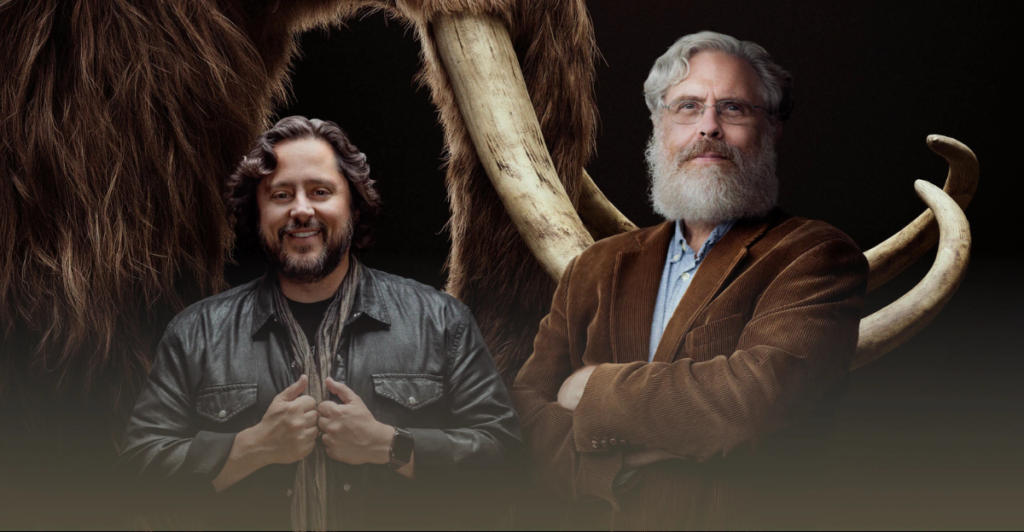
The trajectory of de-extinction hinges on whether it evolves into a tool for ecological restoration or a hubristic distraction from systemic conservation failures. Proponents envision a future where CRISPR-edited species like mammoths and thylacines rebuild degraded ecosystems, combat climate change by restoring carbon-trapping grasslands, and inspire global conservation funding through flagship projects.
Critics warn that prioritizing “charismatic” extinct species risks diverting resources from protecting existing biodiversity, while reintroduced hybrids could destabilize ecosystems as invasive proxies. While Colossal’s work pushes genetic engineering boundaries, it underscores the need for transparency. True de-extinction requires more than splicing genes; it demands rigorous ecological planning and humility about science’s limits.
Explore more of our trending stories and hit Follow to keep them coming to your feed!

Don’t miss out on more stories like this! Hit the Follow button at the top of this article to stay updated with the latest news. Share your thoughts in the comments—we’d love to hear from you!



